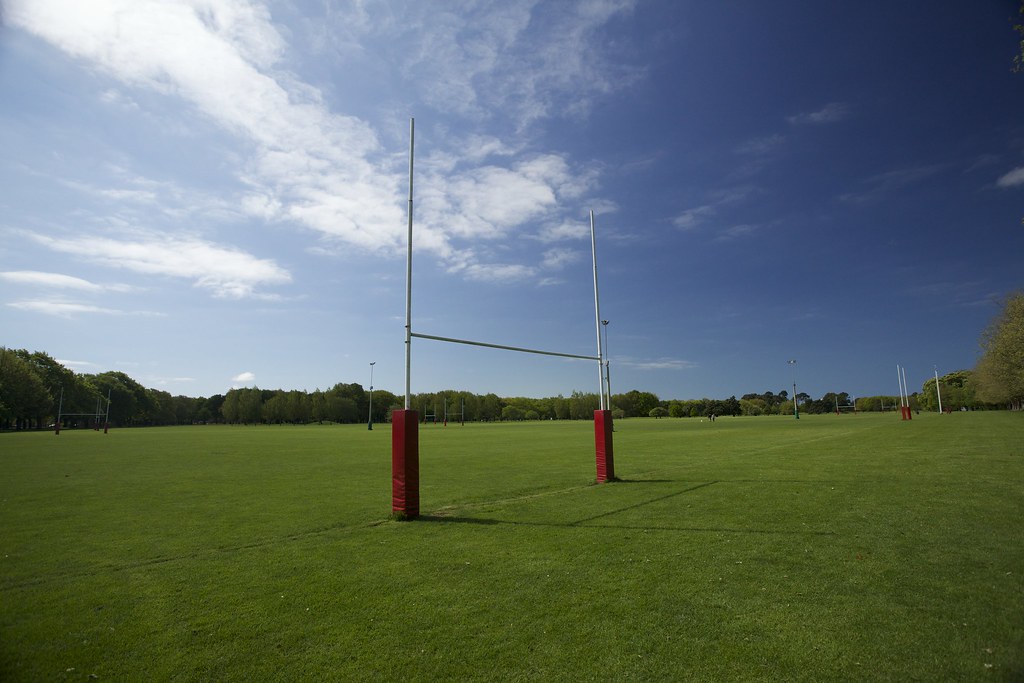The next tournament that my team played at this season was Mudfest in Platteville, WI. This one was frustrating, both on and off the field.
It was a 7’s tournament, but we only had two matches and 21 players there, which meant that each of us got about seven minutes of playing time the entire day. In addition to that, we had our first game around 9 in the morning and our second 3 in the afternoon. It was, in my opinion, not worth waking up at 5 am for.
The weekend after was much better, thankfully. It was our home tournament, Ruck the Dub, a 15’s tournament where each team had two guaranteed matches. I played in four different matches; two for Madison and two for Whitewater.
Madison’s team didn’t have enough women for a full team, so I played with them against Whitewater for the first game of the day and again verses Stout.
I then went on to play with Whitewater against Stout, and the final game was the alumni game.
It was also where we announce rookies. Its kind of like the sibs thing that sororities do, where new girls are paired up with more experienced ones to mentor them. This year I got my second rookie, Rachel. She is being trained to play scrum half and is doing very well with the position.
The weekend after that, Easter weekend, we were going to have a friendly scrimmage with our former coaches’ women’s team, but it got canceled either from predicted rain or not enough commitment, I’m not sure.




